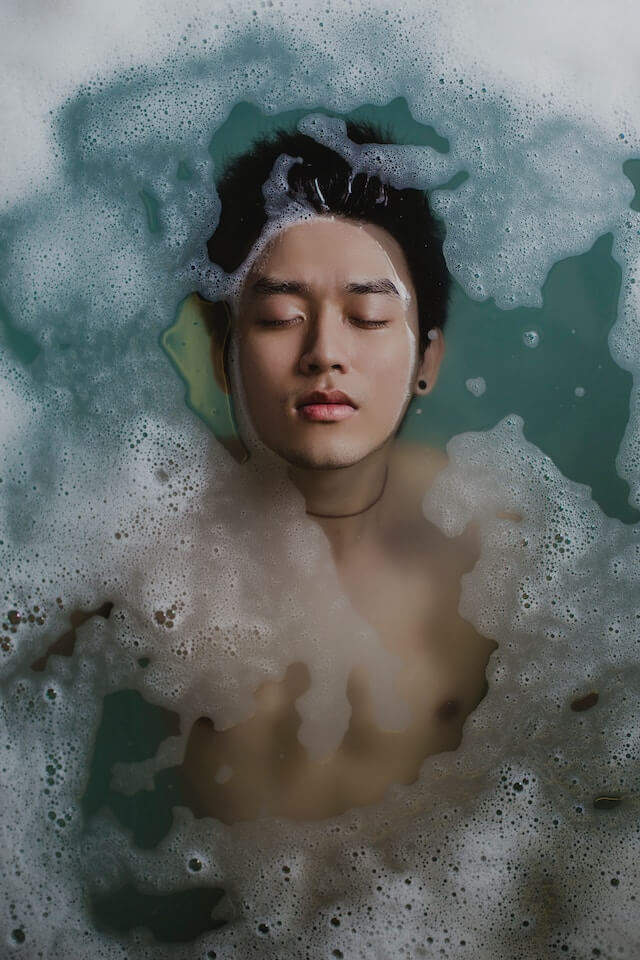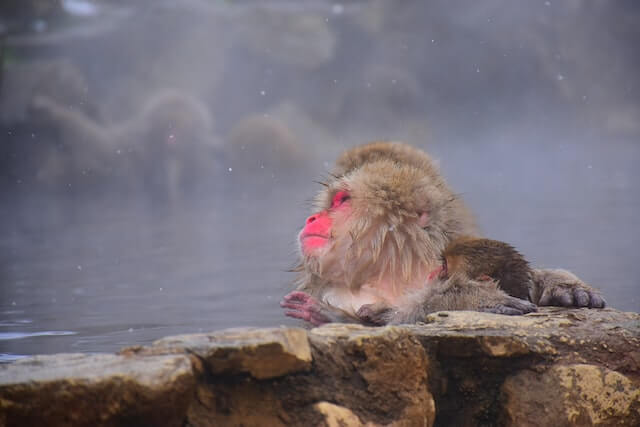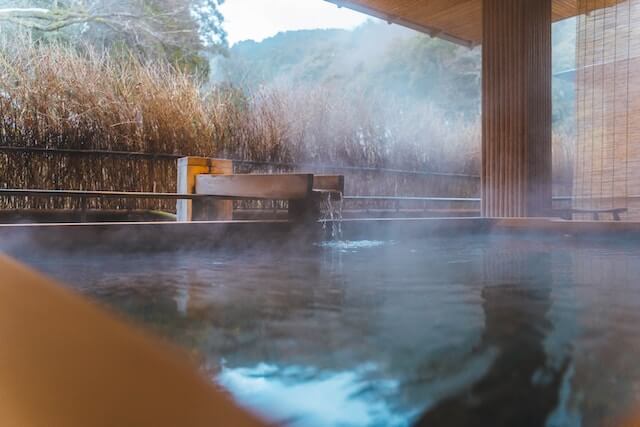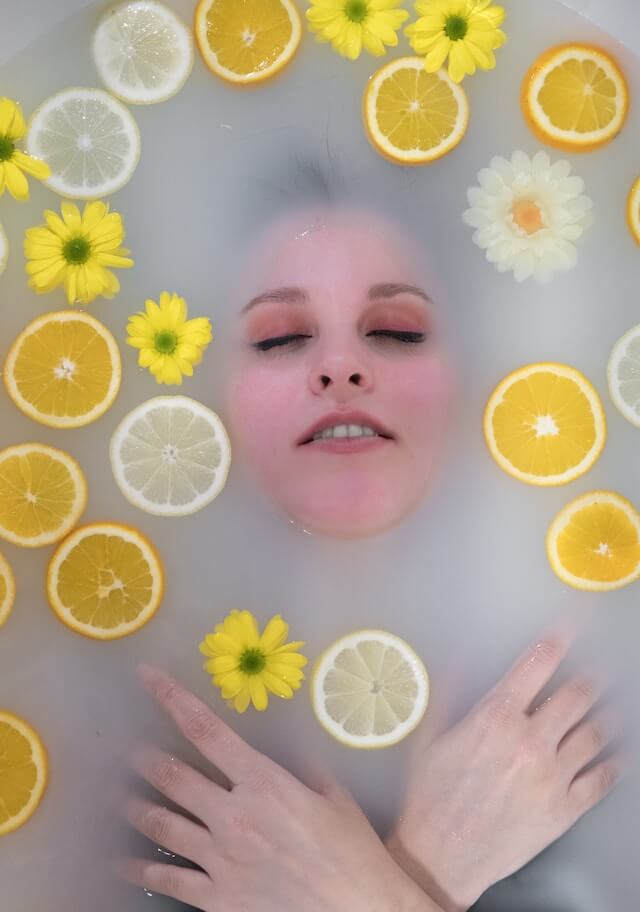Sento. Onsen. Spa.
Three different names for very similar things. What do they have in common? Hot water, and several rules and customs for how to use it.
Traditional Japanese bath houses, or sento, are a bit of a rarity in Japan these days, but onsen, or hot springs, are alive and well. When you get down to it, they’re almost the exact same thing. They both involve stripping down in a change area, washing yourself, and letting your troubles melt away.
Here are the basics of traditional Japanese bath houses:
The customs and etiquette of this Nihon staple can be overwhelming for a first-timer, but this guide will teach you how to make the most of your visit. And if you’re looking for some true stories about bathing in Japan, take a look at our comedic essay: Bath House Rules.
What are Japanese Bath Houses called?
Japanese bath houses are known as “sento” (銭湯), which can be directly translated as “coin bath.” “Onsen” (温泉)which literally means “warm spring” refers specifically to hot springs.
Originally, the difference between the two was that onsen use natural hot spring water, whereas bath houses heat the water artificially.

Photo by Soyoung Han
These days, you’re much more likely to hear the term onsen, as true sento are less common than they used to be. Some spas even call themselves onsen now, despite using artificially heated water.
What do you do at a Japanese Bath House?
At a Japanese bath house, you can relax in the hot water, wash yourself, and enjoy the communal atmosphere. They typically have saunas for those who want to get some sweat out of their system, too.
Many bath houses also offer massage services, relaxation rooms, gift shops and even restaurants.
And while there are some who go to sento or onsen strictly to get clean, others treat it as a day at the spa, taking their time to let the waters slowly melt their troubles away.
Is it Normal for Men to Bathe Together in Japan?

It is completely normal for men to bathe together in Japan, and communal bathing in general is an important aspect of Japanese culture. The same holds true for women.
In Japan, removing the clothes and taking baths together is seen as something of an equalizer. When you lay things bare, there’s a sense of relaxation. A reminder that deep down we’re all a pretty similar pile of skin and bones.
If you can set aside your discomfort around the idea of being naked with others, it’s a freeing experience.
Just remember that there are a few rules to follow.
1. No Tattoos in the Bath
Get the bad news out of the way first, right?

Photo by Yeganeh Shahpourzadeh
If you’re inked up, there’s no doubt that your access to traditional Japanese bath houses will be limited. This is connected to a deeper societal stigma around tattoos in Japan.
The times are changing slowly (veeeerry slowly), and young people in particular are becoming more open minded when it comes to tattoos. However, on the whole they’re still seen as inappropriate, especially in bath houses.
Not all is lost, though.
If you have a small tattoo, you may be able to get away with a bandage or a bit of athletic tape, like at Solaniwa onsen, a spa in Osaka. However, this isn’t the ideal option as it shows disrespect for the local tradition and may make people uncomfortable.
Instead, if you want to take a relaxing dip, try seeking out tattoo-friendly onsen. They exist! In fact, one of Japan’s most famous onsen in Hyogo prefecture welcomes the inked with open arms.
2. Get Your Little Bath Towel Ready
Once you figure out the right location for you, the next thing you’ll need is a towel.
This may sound like the most obvious thing in the world, but there’s a small twist: You’ll bring the towel into the bath with you.
These towels are much smaller than what Westerners are used to bathing with. Think tea-towel size.
Some will keep their towel with them as a sign of modesty while walking from bath to bath, especially in mixed bathing situations. Others will splash some cold water on it and rest it on their heads.
But most will just keep it nearby or on a shelf at the bathing area’s entrance to dry off before leaving.
You can also buy your own towel. But if you don’t have one, most onsen will offer rentals. Some even sell area-specific towels that make great souvenirs.
3. No Bathing Suits in the Bath
Towel ready to go? The next thing to do is come to terms with the fact that you’re going to need to strip down to your birthday suit.
That’s right, unlike hot springs in some other countries, there are no bathing suits allowed in Japanese bath houses.

Photo by Pratik Bisht
The exception to this rule is if you happen to be at one of the less-common mixed-sex bathing areas. In that case, you can usually get away with a full-length towel at the very least. And of course, getting a private bath at some of Japan’s best hot springs means private baths, where all bets are off.
But for most onsen and sento, the whole point of the experience is to be in the nude. And once you get that out of the way, the next step in your bathing adventure is to get clean.
4. Getting Clean Before the Bath
In every bath house, you’ll find a space for scrubbing down. This is usually visible as soon as you step from the change room and into the bathing area.
Depending on the size of the place, you’ll find row upon row of small stools placed in front of counters about a foot off the ground.

Photo by Roméo A.
There’ll be a water faucet, a showerhead, a mirror, and soaps and shampoos for you to use. You’re also likely to see a small bowl that can be used to mix soap into a scrubbing towel or simply to splash water on your head.
If you don’t want to have a seat at one of these stalls and get scrubbing, there are usually standing shower stalls that you can also use.
5. Different Types of Baths
Time to enjoy the baths. But which one?
Even the most old school bath house in Japan tends to have at least a few different types. Here are a few of the standards.
Various Warm Baths
Often you’ll see a thermometer reading next to each bath, noting how hot it is in degrees Celsius. The standard warm bath range is in the low 40s Celsius (104 Fahrenheit and up), and they’re often spiced up with shallow reclining seats, jets, or the basic benches running along the sides.
Cold Baths
Most onsen will also have baths on the opposite end of the temperature spectrum. You’ll often see people shuffling back and forth from the sauna to them for a cool-down between rounds of heat. These are smaller baths, and usually around 17 C (62 F).
Outdoor/Indoor Baths
Depending on the size and style of the bath house, there may also be outdoor baths. These often go hand-in-hand with little gardens or sections of potted plants and are guarded with high walls that prevent anyone from looking in.
Electric Baths
Now for the oddities. In many sento and onsen you’ll find a bath with a low current of electricity running through. These will be marked with warnings to stay out if you meet certain conditions:
- Wearing accessories like necklaces, rings, bracelets, etc.
- Have high blood pressure
- Have a pacemaker
These baths are supposed to have great muscle-relaxation qualities. That is, once you get over the initial shock (wink-wink).

Specialty Baths
Finally, in some onsen you’ll see baths with special traits. Some examples are:
- Carbonated baths (many have natural carbonation like Hitoyoshi Onsen in Kumamoto
- Baths infused with the citrus fruit, yuzu (popular around New Year’s)
- Other types of infusions like flowers or wood
- Milky baths (usually natural)
- Mineral baths
6. Other Traditional Japanese Bath House Quirks
Excited to take a splash in some of those baths? We know, the electric bath has your interest peaked.
To make your visit as seamless as possible, here’s a mix-bag of extra tips:
- Most onsen have a ticketing machine near the entrance where you can choose 入浴 for single-day use. If that has you a bit nervous, ask the front desk for assistance.
- After purchasing from a ticketing machine, you’ll take it to the front desk and exchange it for a locker key.
- Most onsen have separated baths for men(男)and women(女). Look for the dividing curtain with these kanji on them, often in blue and red, respectively.
- Get rid of everything other than your towel and head into the baths.
- After the onsen, many people like to enjoy milk (plain or café au lait). Many bath houses will sell glass bottles of it via vending machines in the lobby.
7. Other Don’ts of Japanese Bath Houses

Photo by Mad Luthfi
Finally, we have the faux pas. Mistakes that are easy for first-time visitors to make.
Some are more obvious than others, but here are the important things to be aware of:
- Don’t be too rowdy. Quiet conversation is fine, but try to avoid interrupting the peaceful environment.
- Don’t dunk your towel in the water. Keep it off to the side or resting on your head.
- Don’t dunk your head in the water. This is seen as dirty.
- Don’t enter the bath if you have an open wound.
- Don’t bring soap or shampoo into the baths.
What do you Bring to a Japanese Bathhouse?
You should bring a small bag with a change of clothes, towel, and cash for vending machines or food offerings. Many people also bring their own body soap, shampoos, and other toiletries. However, this is up to your personal preference as bath houses provide everything necessary for bathing.
Are Japanese Bath Houses Hygienic?
Yes, Japanese bathhouses are very clean and hygienic. In typical Japanese fashion, most onsen are regularly scrubbed down, and because of the strict rules around bathing, they don’t usually accumulate more obvious signs of uncleanliness like outside garbage.
Conclusion
Visiting a sento or onsen can be a unique and memorable experience, but the etiquette can be intimidating for some.
By following the advice in this guide, you can make the most of your time at a Japanese bath house and look like a natural while you’re at it. Take the time to immerse yourself in Japanese culture and enjoy the communal bathing atmosphere.




